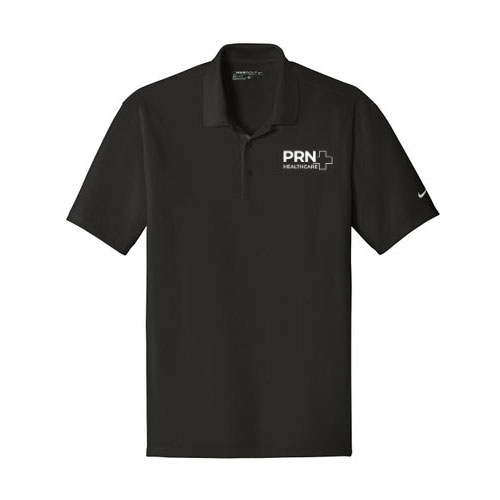
Having a strong resume, or curriculum vitae (CV), is crucial when applying for a hospitalist contract. Your CV is often your ticket to getting noticed by an employer, securing potential interviews, and landing your dream job. A well-crafted resume also creates a positive first impression that can demonstrate your professionalism and attention to detail. It allows you the opportunity to create a compelling case for why you are the ideal candidate for the position and well-equipped for the job.
A CV for physicians plays an essential role in your career path and features multiple sections that showcase your expertise. A few examples of those sections are: professional experience, education, certifications/licenses, and awards. Below are tips on creating a winning hospitalist CV to help you create a CV that stands out and showcases your skills and experiences.
How Long Should An Hospitalist Resume Be?
The ideal length for a hospitalist resume should consist of 2-3 pages. This can depend on your work experience and the amount of relevant information you need to convey to the employer. If you have limited work experience, a 2-page resume may be enough. In contrast, more experienced hospitalists might have a 3-4 page resume to effectively showcase their work history and relevant accomplishments. Regardless of the length, it’s essential to keep the content focused on the qualifications that directly relate to the hospitalist position you’re applying to. Your resume is your key to show employers why you would be the perfect fit for the position.
Layout for A Hospitalist CV:
The layout and organization of your hospitalist resume are crucial factors that influence the hiring managers. A well structured resume allows you to present your qualifications in an effective way that can significantly impact your chances of being selected for an interview. Below are the main sections you should include in your CV and the recommended order you should have them in.
- Contact Information
- Employment and Experience
- Education
- License and Certifications
- Honors and Awards
Contact Information:
It’s crucial to include your contact information at the very top of your resume. This will make it easy for the facility, agency or credentialing specialist to contact you for a phone call or interview. When laying out your contact information at the top of your resume you will want to list out your full name with your post-nominal letters. Next, list your personal email address and phone number. Lastly, list your permanent address on your resume if you are looking at a local position otherwise it may not be necessary.
Employment and Experience:
Your past or current employment experiences are some of the most important information on a hospitalist resume! These experiences serve as an overview of your qualifications and expertise in the healthcare field. When listing your employment experiences you will want to list them in chronological order, beginning with your most recent position. It’s also essential to list both the month and the year for each of your past work experiences. When listing the month and year make sure you follow this format MM/YYYY.
Your employment history also provides concrete evidence to the employer that you can manage the responsibilities listed in the job description. Ensure that you are listing metrics in your employment points. These could be types of cases you’ve worked on or how you made a program more efficient.
Education:
The education section in a hospitalist resume can be brief. This section can help validate that you have the correct education and training needed for the position. You would typically list where you attended college, medical school, your internship experience, and where you completed your residency program in your post graduate years. When listing your past education experiences it’s crucial to include both the month and the year in this format MM/YYYY.
License and Certifications
License and certifications on your resume serves as evidence of your expertise and qualifications in specific areas of medicine, such as internal medicine, critical care, or hospital medicine. They also validate your skills and knowledge. According to the University of Medicine and Health Sciences, most hospitalists complete an Internal medicine residency program followed by a board certification from the American Board of Internal medicine (ABIM), with a focused practice in Hospital medicine FPHM. These are the recommended certifications for a hospitalist:
- Board of Internal Medicine (ABIM)
- Focus Practice in Hospital Medicine (FPHM)
- BLS
- ACLS
Listing your license and certifications on your resume gives you a competitive edge in the demanding field of being a hospitalist. Lastly, it is important to list the month and year your license and certification were received, as well as the date they expire.
Honors and Awards:
The honors and awards section on a resume can help shine a light on your outstanding contributions, skills, and accomplishments as a hospitalist. Awards also serve as evidence of your professional competence and dedication. They also reflect the positive impact you’ve had on patient care, healthcare facilities, or your community. Your awards demonstrate that your work has made a difference. It also shows you have drive for continuous improvement and your and your pursuit of excellence in the field of hospitalist.
As you can see, updating your hospitalist resume is a proactive strategy that enhances your chances of securing the right job. It allows you to present your qualifications and skills in the best possible light to the employer. Also, by keeping your resume up-to-date demonstrates your commitment to professionalism development and makes a positive first impression on potential employers.
PRN Healthcare’s locum contracts take place throughout the nation. Interested in hospitalist opportunities? Chat with our experienced recruiters on what locum contracts we have nationwide!




